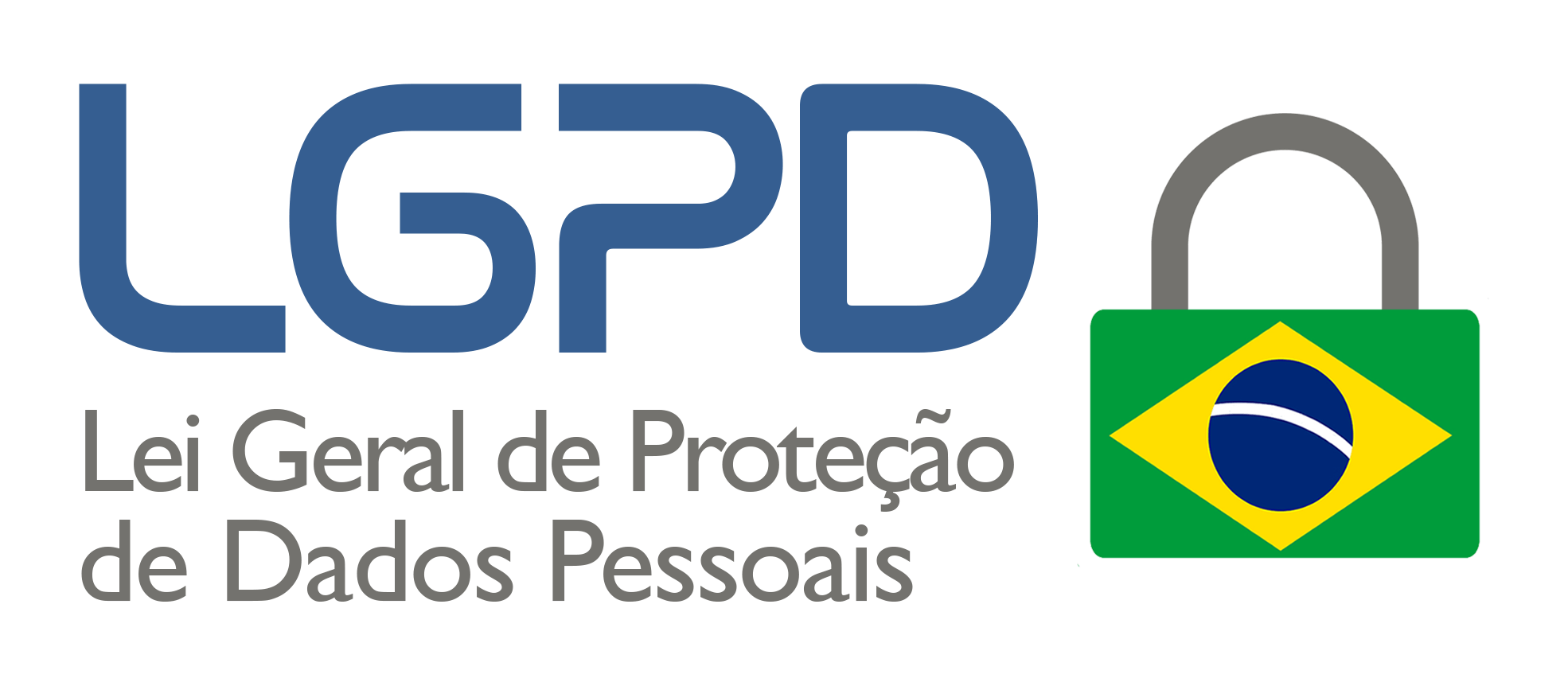The growing reliance on satellites has led to an increased risk in collisions between space objects. Accurate detection and tracking of satellites has become crucial.
Space Situational Awareness (SSA) refers to keeping track of objects in orbit and predicting where they will be at any given time.
There are tens of thousands of objects in Earth orbit that pose a potential threat to satellites and launches.
The SSA program will, ultimately, enable organizations to autonomously detect, predict and assess the risk to life and property due to remnant man-made space objects, re-entries, in-orbit explosions and release events, in-orbit collisions, disruption of missions and satellite-based service capabilities, potential impacts of Near Earth Objects (NEO), and the effects of space weather phenomena on space- and ground-based infrastructure.
What is space junk and why does it matter ?
Gregory Cohen and his team at Western Sydney University have been working with the Australian Department of Defense to detect and track both working satellites and space junk, which in some ways can be like looking for the proverbial needle in a haystack.
According to their website there are currently about 4,850 satellites in space, but only about 40% of them are active. Dead satellites and debris in orbit leave potential for disruptions, and this has increased dramatically over the last 50 years, making it even more important to track and monitor objects in space. This is typically done through high resolution cameras that collect mostly images of empty space resulting in huge amounts of unnecessary data. These cameras are also not ideal for capturing images in the daylight.
SSA is generally understood as covering three main areas:
- Space Surveillance and Tracking (SST) of man-made objects.
- Space WEather (SWE) monitoring and forecast.
- Near-Earth Objects (NEO) monitoring (only natural space objects)
Space Surveillance and Tracking (SST)
An SST system is a network of ground-based and space-based sensors capable of surveying and tracking space objects, together with processing capabilities aiming to provide data, information and services on space objects that orbit around the Earth. For instance, the European Union Satellite Centre´s (SatCen) activities in the SSA domain are focused on SST. These activities aim at protecting the safety and security of European economies, societies and citizens, which rely on space-based applications such as communication, navigation and Earth observation.
Additionally, the European Union established in 2014 the Space Surveillance and Tracking (SST) Support Framework, also known as the EU SST, with the Decision 541/2014/EU (SST Decision).
As a result of the growing need of SSA solutions, many initiatives are ongoing world-wide, driven by both governments and space agencies.
SSC launches SSA program for safer and more sustainable space operations
In March 2021, Swedish Space Corporation (SSC) has launched a new program within Space Situational Awareness. The program consists of several initiatives addressing detection, tracking, identification of man-made space objects as well as processing, cataloging and analysis of SSA data.
“Further utilizing the near-Earth space is important for the continuous development of mankind. Consequently, ensuring future sustainable use of space has never been more important. By leveraging on our extensive experience in space operations and creating strategic partnerships, we will build capabilities that will help actors develop their interests in space in a safe, secure and sustainable manner,” says Jacob Ask, SSA Program Architect at SSC.
The growing need for SSA services by the space sector, including tracking and monitoring satellites and other anthropogenic objects in space, will now become yet another domain for SSC to explore.
In collaboration with Baader Planetarium, Planewave (telescope and dome) and Andor (astronomical applications camera), SSC has been developing a ground station for satellite tracking over the past 2 years. In March 2022, a first successful test run took place at Baader Planetarium’s factory in Germany.
“Over a number of days, the dome underwent its first check and the procedure was quick and easy. All worked perfectly and harmonized with the other components of the overall program. Among other things, we tested to control the dome segments via SSC’s IT infrastructure. The tests were completed in only three hours and the equipment was later dismantled and prepared for shipment to SSC’s station in Western Australia,” says Michael Risch, Project Manager at Baader Planetarium.
Opportunities: Rising demand for lower earth orbit (LEO)-based services
The growing demand for LEO-based services such as broadband services, services for capturing imagery of the earth, space situational awareness services, and on-orbit services is expected to serve as an opportunity for the growth of the space situational awareness market across the globe. The increased demand for small satellites can be attributed to their affordable cost, high capacity, and improved ability to offer low-latency broadband services. With the increased demand for these services, manufacturers of small satellites are accelerating the production of their small satellites.
Additionally, with the continuous advancements in small satellite technologies, the number of small satellite constellations being deployed in the LEO is also expected to increase in the coming years. Technical advancements in small satellites are expected to enable them to carry out various LEO-based operations at par with those carried out by large satellites. Thus, the growing demand for LEO-based services, especially earth observation (EO) imagery, may lead to an increase in the assembly and deployment time of small satellites with large apertures. The demand for LEO-based services may also trigger the demand for space situational awareness services that can track and monitor the position, route, and health of satellites operating in space.
Challenges: Inability to detect micro-sized debris
Orbital debris refers to defunct materials from space missions that float in an orbit but no longer serve a mission purpose. One of the major factors that cause orbital debris is object breakup. Orbital debris generally moves at very high speeds relative to the speed of operational satellites. In the low earth orbit, the average relative velocity at impact is 10 km/sec (36,000 km/hr or 21,600 mph). At this speed, even small particles contain a significant amount of kinetic energy. Thus, fragmentation debris ranging from 1 mm to 1 cm may pose a danger to a spacecraft, depending on the material selected and the shielding used in a spacecraft. If such fragments collide with a critical component such as a flight computer or the propellant tank of a spacecraft, it may result in severe damage or even destruction. If the spacecraft bus is impacted, it often leads to the termination of the satellite function and the creation of a significant volume of small debris.
Rising demand for earth observation imagery and analytics
Earth observation services include the monitoring of agricultural fields, detection of climatic changes, disaster mitigation, meteorology, and several other resources. The need for high-resolution earth imaging has increased across verticals for precise management of land, water, and forest resources. The US Government is the largest purchaser of satellite imagery today. For this reason, most SmallSat companies, US-based and others, see the US government as a stable long-term customer.
Cape Analytics (US) uses satellite-based imagery to underwrite property values, and UBS Investment Research and J.P. Morgan (US) provide business intelligence in the retail market using Orbital Insight (US) capabilities.
In the future, Descartes Labs (US) plans to provide agriculture crop yield projections and aggregate data from a number of large government satellites and SmallSat operators. Planet Labs (US) and BlackSky (US) plan to integrate data from smallsats operated in-house with data from social media feeds to provide insights on socio-political trends.
Thus, growth in the small satellite imagery marketplace is expected to be driven by industries such as agriculture, insurance companies, financial trader, hedge funds, energy companies, urban planning, retail, resource management, maritime, and media, boosting the market for situational awareness in space.
Based on the solution, the service segment is estimated to witness the largest share of the space situational awareness market from 2021 to 2026.
US Space Force is developing several domain awareness services to increase its visibility in space. According to the National Defense Industrial Association, in July 2021, the US Space Force Service is pursuing a deep space advanced radar concept program, also known as DARC. According to the service, the platform is a ground-based radar system designed to detect, track, and maintain custody of deep space objects 24/7. It will primarily track objects in the geosynchronous-Earth orbit, though it could also track objects in low-Earth orbit. DARC will augment the military’s space surveillance network as an additional sensor with increased capacity and capability to monitor deep space objects and provide full global coverage.
Based on orbital range, the near-Earth segment is projected to lead the space situational awareness market during the forecast period. Due to the increase in demand for 5G networks, many private players are launching satellites in LEO as it is best suited for many applications such as communication, Earth observation, and so on. The rise in functional and non-functional satellites invites an inevitable increase in conjunctions between space objects. SSA can also be used to predict where space objects and debris are and where they are headed. Current advanced methods for predicting orbit are physics-based models that require extremely precise knowledge of the object’s trajectory, the environment in which it operates, and the intent of the object to maneuver.
In 2019, NASA estimated that there were approximately 23,000 large unwanted space objects in LEO, along with another 7,000 untracked objects of significant size. For the smallest fragments in all orbits, the European Space Agency predicts that there are currently 900,000 objects of a size between 1 cm and 10 cm and 128 million objects of size between 1 mm and 1 cm. An increase in the demand for broadband has triggered the development and launch of small satellites for low Earth orbit. As of 2020, there were around 1,300 satellites orbiting LEO; planned launches could see this number increase tenfold over the next few years.
Based on end use, the commercial segment is estimated to account for the fastest growth of the space situational awareness market from 2021 to 2026.
Based on end use, the commercial segment of the space situational awareness market is projected to grow at the highest CAGR during the forecast period. The space sector is currently experiencing a rapid increase of new entrants and innovations expected to lead to many new beneficial applications. Growth in small satellites is expected to lead to high demand for space situational awareness, enabling satellite operators to characterize the space environment and carry out activities in a safe and efficient manner. Private companies are now investing in small satellites (CubeSats, Nanosatellites, or microsatellites) as they are cheaper, faster to build, and can be launched for commercial purposes.
Geospatial technology using Earth-imaging satellite payloads for agriculture, education, intelligence navigation, mapping, and other uses has driven the commercial sector in the past decade. Nanosatellites or microsatellites help commercial companies gather real-time global data and distribute the same at low prices to their customers.
The North American market is projected to contribute the largest share from 2021 to 2026 in the Space situational awareness market
Based on region, North America is expected to lead the Space situational awareness market from 2021 to 2026. Intelligence organizations in North America, especially in the US, focus on providing space situational awareness in terms of current and predictive knowledge and characterization of space objects and the operational environment upon which space operations depend. This information helps the government gather critical data to plan, operate, and protect space assets and run military operations smoothly by identifying threats to the security of their operations.
The high volume of orbital space debris, which can increase the chance of collisions, is expected to lead to the high demand for space situational awareness solutions. Demand from prominent organizations, such as NASA and the Department of Defense, due to the increasing reliance on assets in space, also fuels the growth of the market in the region.
A very detailed article about SSA market was published in November 2021. You can download it here.
Please, check out other KEY ON-GOING BUSINESS CASES at Brazilian Air Force (FAB), Brazilian Navy and other opportunities for Latin America:
- BUSINESS CASE FAB / AEB “ALCANTARA launching base”
- BUSINESS CASE FAB – CARPONIS-1 / HR Remote Sensing
- BUSINESS CASE SMART AGRICULTURE – NB-IoT
- BUSINESS CASE INPE REMOTE SENSING SATELLITE “AMAZONIA-1”
- BUSINESS CASE INPE REMOTE SENSE SATELLITE “CBERS”
- BUSINESS CASE ELETROBRAS – HYDROELETRIC POWER
- BUSINESS CASE VALE – ENERGY STORAGE
- BUSINESS CASE MB “UNMANNED AIRCRAFT”
- BUSINESS CASE SISFRON – BRAZILIAN TERRESTRIAL BORDER
- BUSINESS CASE “AMAZÔNIA AZUL”
- BUSINESS CASE BRAZILIAN NAVY NUCLEAR PROGRAM
- BUSINESS CASE AIRCRAFTS SAAB F-39E GRIPEN
- BUSINESS CASE MB “ANTI-SHIP MISSILE”
- BUSINESS CASE MB “TAMANDARÉ FRIGATES”
If your company is interested in opportunities such as those above, please let us know. MEREGE would be more than glad to act as your bridge into Brazil.
Unfolding relationships previously developed, MEREGE partners are able to quickly build a specific network that reaches the market the costumer needs.
MEREGE Legal & Regulatory team has a long and vast knowledge and experience, hence able to help your company to set the safest and the strongest path.
Always count on the widely respected experience and networking of MEREGE Consulting Partners to reach out to the right people at the right time.




